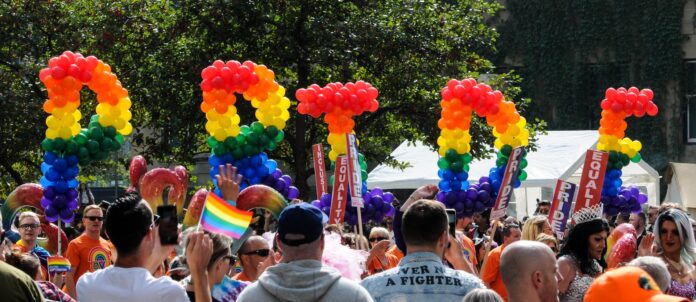June is the time when the world celebrates Pride Month, when the world’s LGBT communities come to celebrate together the freedom to be themselves.
Pride gatherings have an arduous history for minority groups who struggle to overcome prejudice and for the world to accept them for their identity.
The original organizers chose this month to pay homage to the Stonewall uprising in June 1969 in New York City. The uprising played a major role in sparking the modern gay rights movement.
Many pride events occur every year in June, although only some other cities hold their celebrations at different times yearly.
People who celebrate the Pride Month
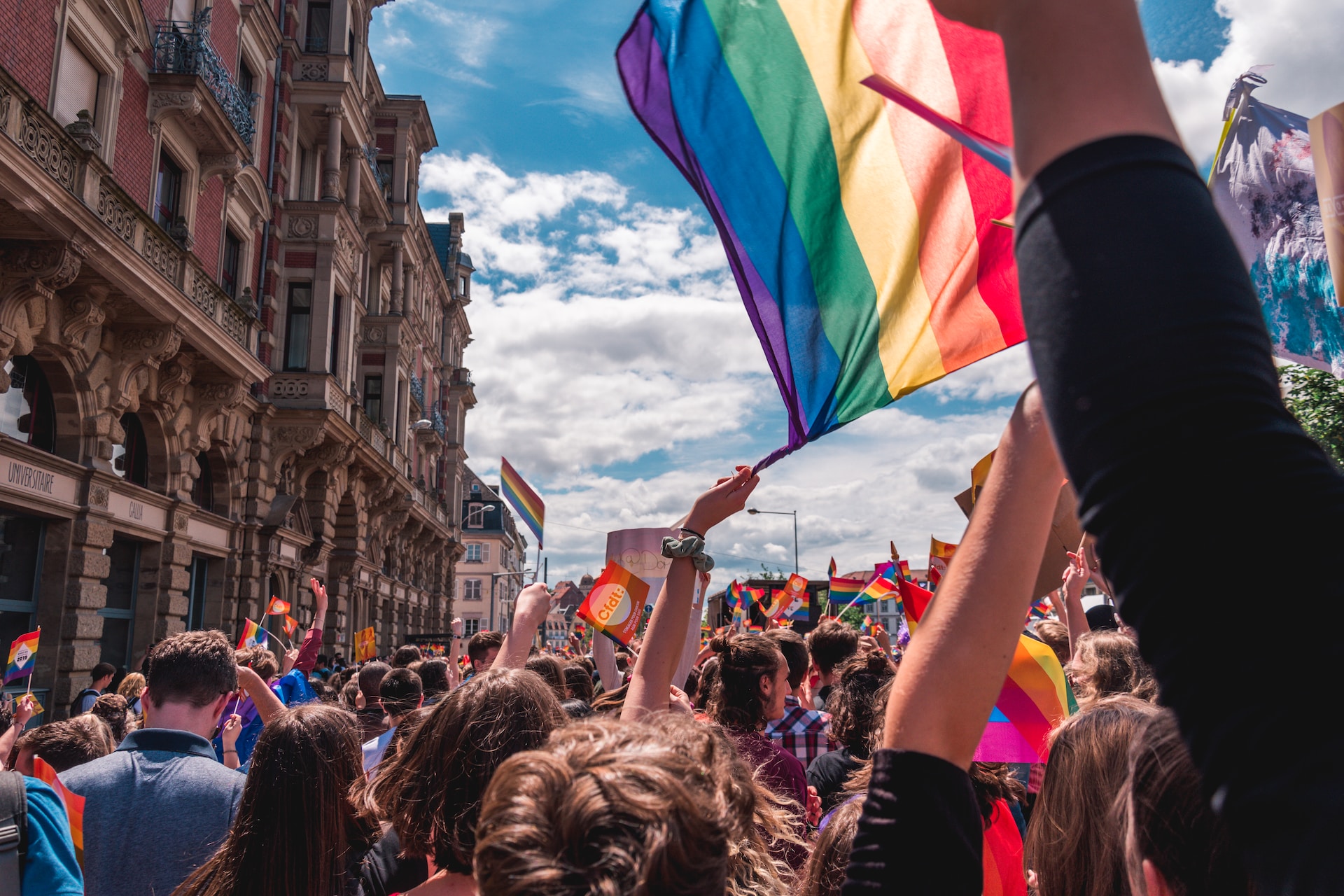
Pride events are for anyone who feels their sexual identity falls outside the mainstream. However, it is also open to anyone and everyone, while many straight people join in too.
LGBT is the acronym that means lesbian, gay, bisexual, and transgender. The term sometimes extends to LGBTQ or LGBTQIA, including queer, intersex, and asexual groups. Queer, the umbrella term for non-straight people, and intersex refers to people whose sex is not defined clearly due to biological, hormonal, or genetic differences. Asexual describes those who do not experience sexual attraction.
The terms may also include gender-fluid people or people who shift in gender identity occasionally, depending on the situation.
Start of Pride Month
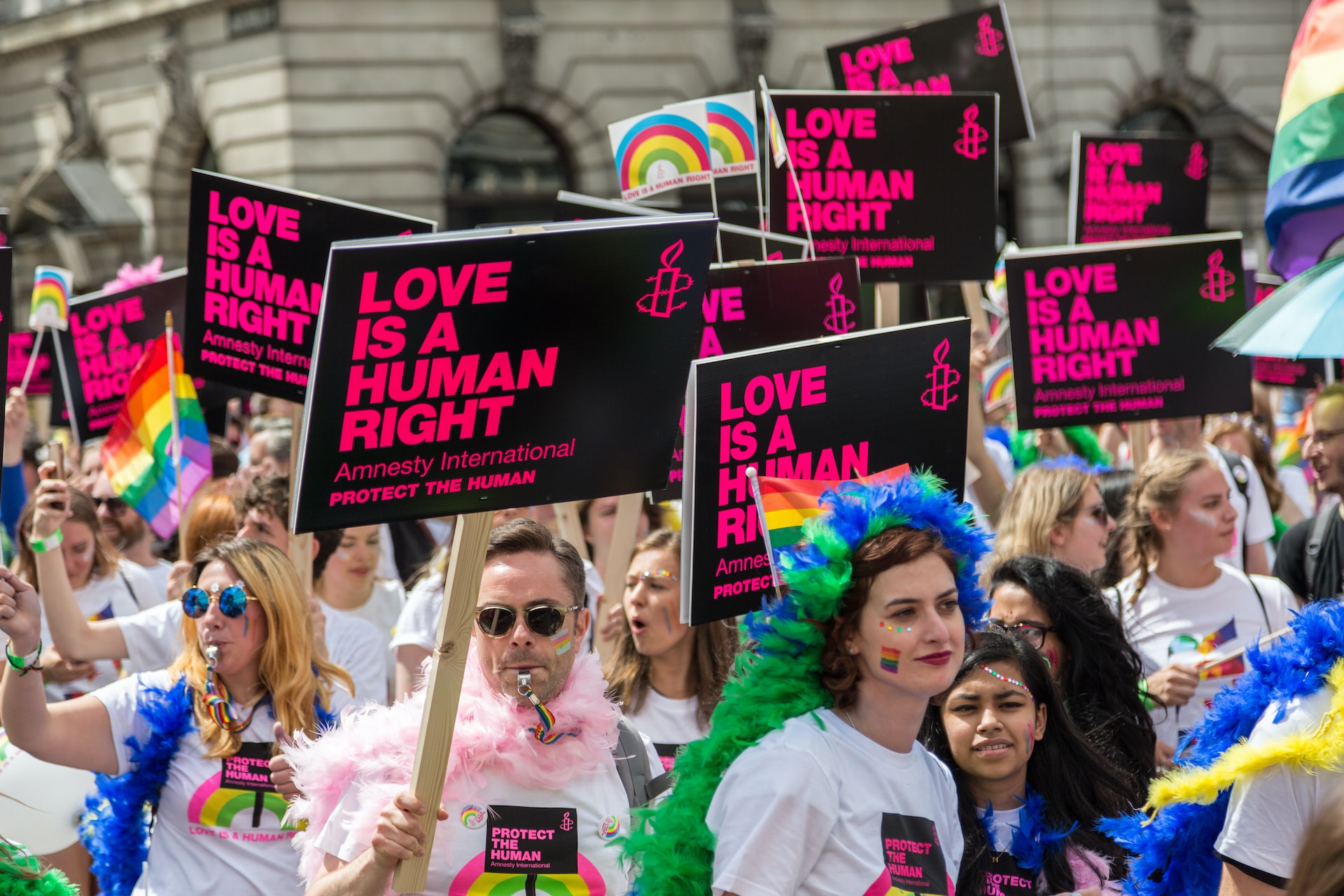
The police raided the Stonewall Inn, a gay bar in New York’s Greenwich Village, during the early hours of June 28, 1969. They hauled the customers outside, quickly escalating tensions as patrons resisted the arrest and the growing crowd of bystanders threw coins and bottles at the officers. New York’s gay community, fed up after the years of harassment imposed by the authorities, broke out into neighborhood riots, which went on for three straight days.
The uprising then became a catalyst for an emerging gay rights movement as the organizations like the Gay Activists Alliance and the Gay Liberation Front were formed, modeled after the women’s rights and civil rights movement. Members held protests, interrupted public meetings, and met with political leaders to have the leaders accountable. A year after the riots of Stonewall, the nation’s first Gay Pride marches were held.
By 2016, the area around the Stonewall Inn, a popular nightspot today, was designated as a national monument.
Where did the name Pride come from?
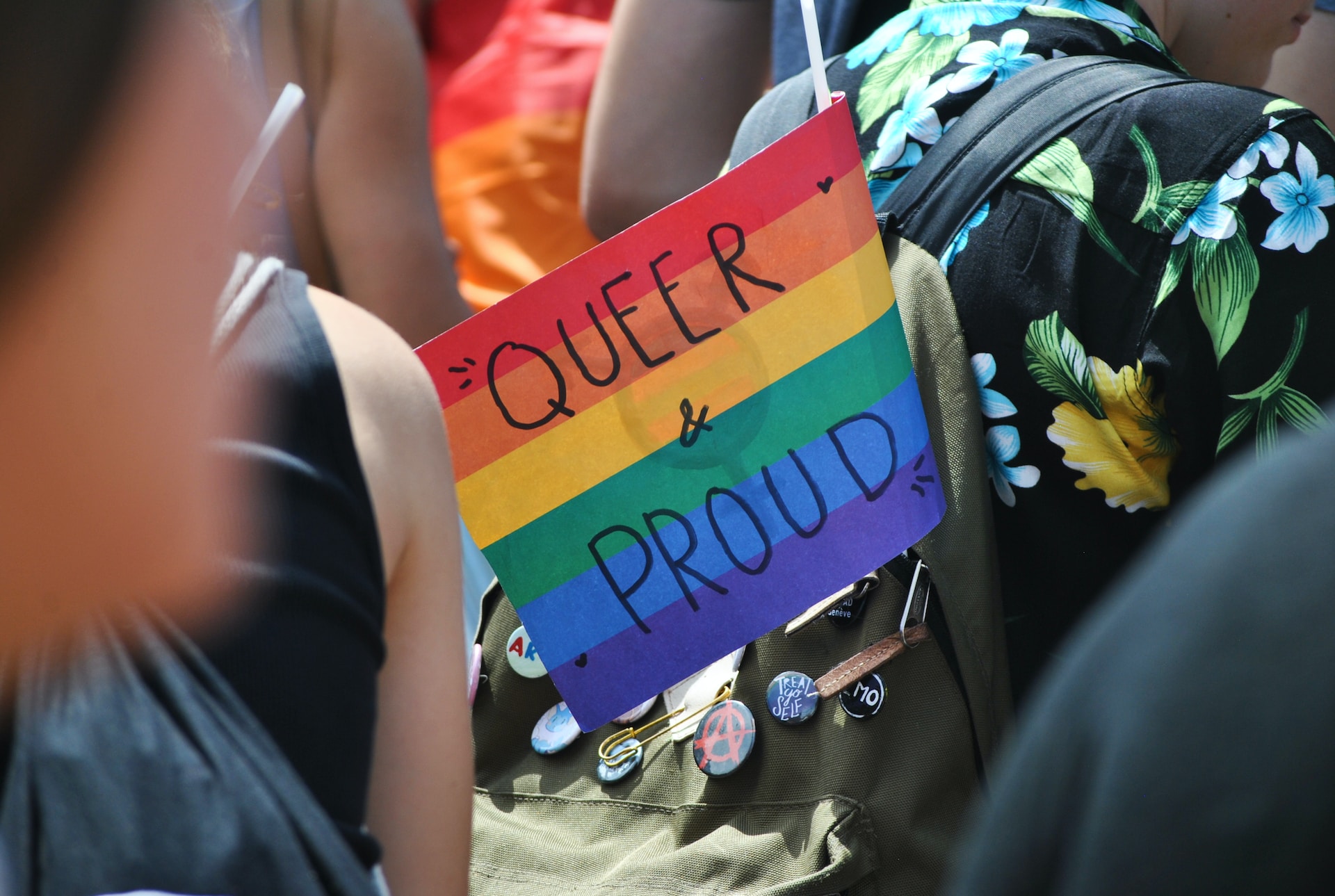
The name has credits to Brenda Howards, a bisexual New York activist nicknamed the ‘Mother of Pride’. She is known for organizing the first Pride parade commemorating the first anniversary of the uprising of Stonewall.
Origin of the Rainbow Flag
In 1978, San Francisco city’s supervisor Harvey Milk, known to be one of the first openly gay elected officials in the US, commissioned Gilbert Baker to design a flag for the city’s upcoming Pride celebrations.
Baker, a prominent gay rights activist, nodded to the American flag’s stripes. However, it drew attention from the rainbow to reflect the groups within the gay community.
A subset of flags represents other sexualities on the spectrum, like asexual, pansexual, and bisexual.
Want to know about what is the meaning behind the colors of rainbow flag? Check out this post.
View this post on Instagram
Can I participate in Pride events if I am not LGBTQ?
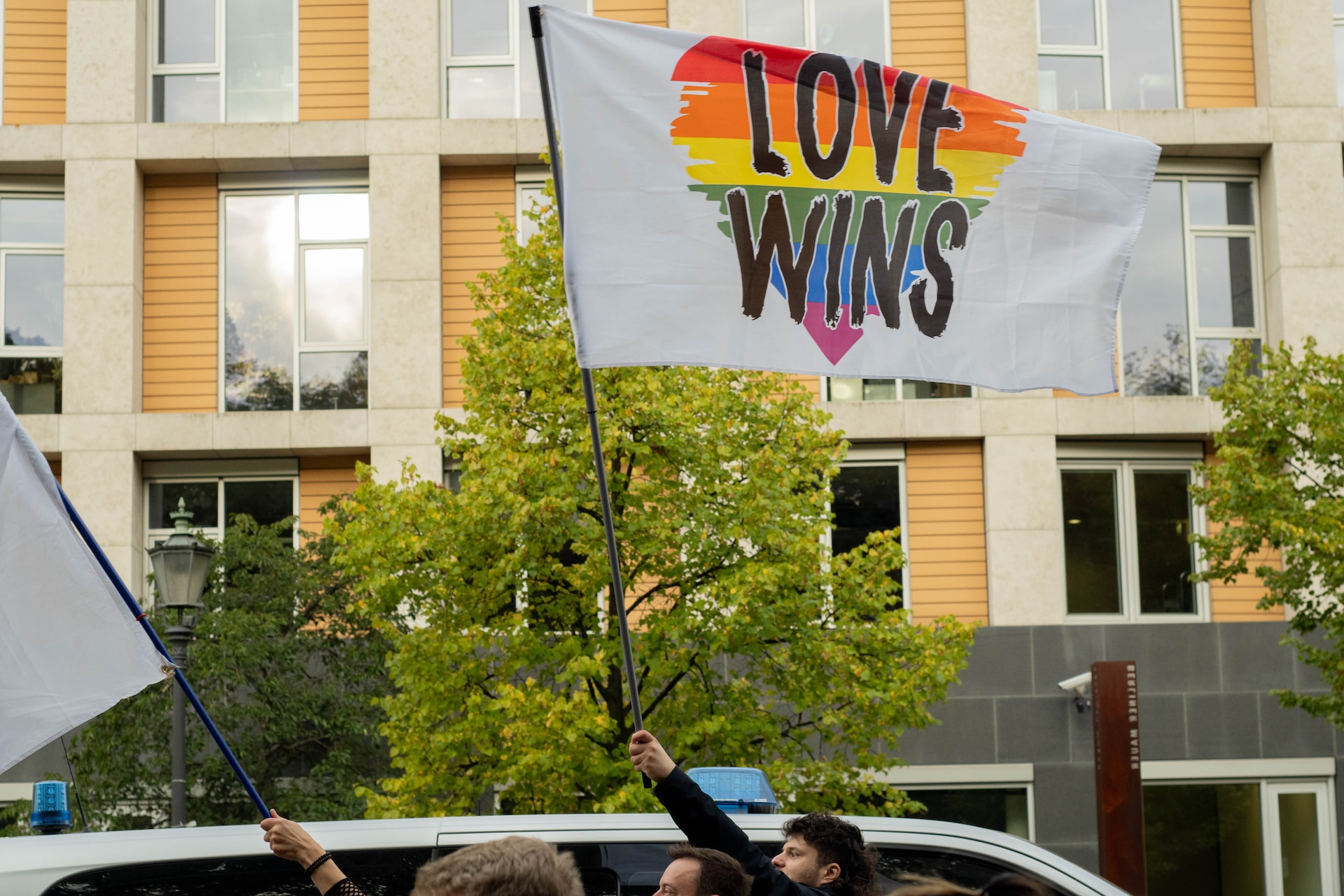
Yes, you can. Pride events welcome allies from outside the LGBTQ community. They are opportunities to observe, show support, or listen while being educated.
Any brewed-up thoughts you want to share? Contact us today!

